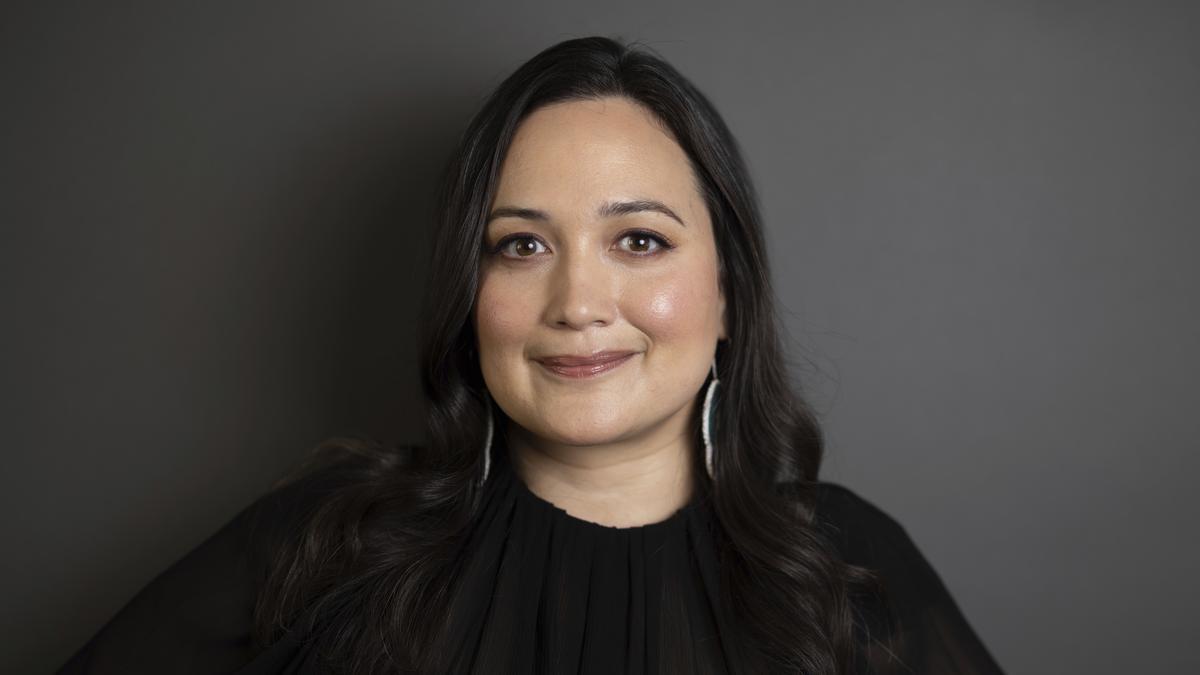
In a historic move that further emphasizes the diversification and expansion of the film industry, the Academy of Motion Picture Arts and Sciences has extended invitations to 487 artists, which include a mix of actors, directors, costume designers, publicists, and executives. Among the fortunate individuals invited to join the prestigious film academy are actors Lily Gladstone, Da’Vine Joy Randolph, and Catherine O’Hara, as well as filmmakers Cord Jefferson and Boots Riley.
This year’s list of invitees exemplifies a commitment to inclusivity and represents a wide array of talents from various sectors of the entertainment industry. The Academy confirmed this milestone announcement on Tuesday, stirring excitement and anticipation across Hollywood and beyond. Those who accept the invitation will gain the opportunity to participate in one of the industry’s most significant responsibilities: voting in the Oscars race.
Should all 487 invitees of the 2024 class accept their invitations, the Academy’s voting membership will expand to a remarkable total of 9,934 members. This new composition aims to reflect a more diverse and global perspective, with women accounting for 35% of the members, and 20% coming from underrepresented ethnic and racial communities, in addition to another 20% representing international backgrounds.
Included in the ranks of this year’s invitees are an impressive 19 Oscar-winners, such as Mstyslav Chernov, who received acclaim for his best documentary “20 Days in Mariupol,” and filmmaker Justine Triet, honored for her work “Anatomy of a Fall.” Additionally, the roster boasts 71 Oscar nominees, including noteworthy names like Sandra Hüller, Danielle Brooks of “The Color Purple,” filmmaker Celine Song of “Past Lives,” and production designer Ruth De Jong of “Oppenheimer.”
Other notable actors who have been invited to join the film academy this year include Jessica Alba, Greta Lee, her “Past Lives” co-star Teo Yoo, Tia Carrere, and Stephanie Beatriz. Directors invited in this new wave consist of talents such as Alice Diop, Lila Avilés, Fede Álvarez, A.V.
. Rockwell, Emma Seligman, and David Yates. Their inclusion marks a significant stride in recognizing diverse storytelling across different spectrums of the cinematic field.
The executive branch of the film academy also welcomed several key figures, including Duncan Crabtree-Ireland of the Screen Actors Guild-American Federation of Television and Radio Artists (SAG-AFTRA), Tim League, founder of Alamo Drafthouse, and Kim Yutani, the programming director of the Sundance Film Festival. These executives play a crucial role in shaping the future landscape of cinema, ensuring that innovative and diverse voices continue to emerge and thrive.
This announcement coincides with Lily Gladstone’s breakthrough as the Golden Globes’ first Indigenous best actress winner, cementing her place as an inspirational figure in the industry. Gladstone delivered an emotionally resonant speech in the Blackfeet language, advocating for greater Indigenous representation and cultural preservation in mainstream media.
The acceptance of these invitations marks a pivotal moment for the film academy, whose steps toward diversification and global representation reflect a broader cultural acknowledgement of varied perspectives and stories. This inclusivity is anticipated to influence future nominations and award outcomes positively.
The 97th Academy Awards, set to occur in Los Angeles on March 2, will be a marker of this evolving dynamic. This influx of fresh voices and diverse talents is expected to inject new energy and perspectives into the academy’s decision-making processes, ideally leading to a more representative recognition of talent and artistry at the Oscars and beyond.
As the film industry continues to evolve, the integration of these invitees symbolizes a progressive shift towards embracing a multitude of voices from different backgrounds. This step by the Academy of Motion Picture Arts and Sciences reaffirms the organization’s dedication to fostering an environment where all members of the cinematic community have the opportunity to contribute to and shape the cultural fabric of film.












